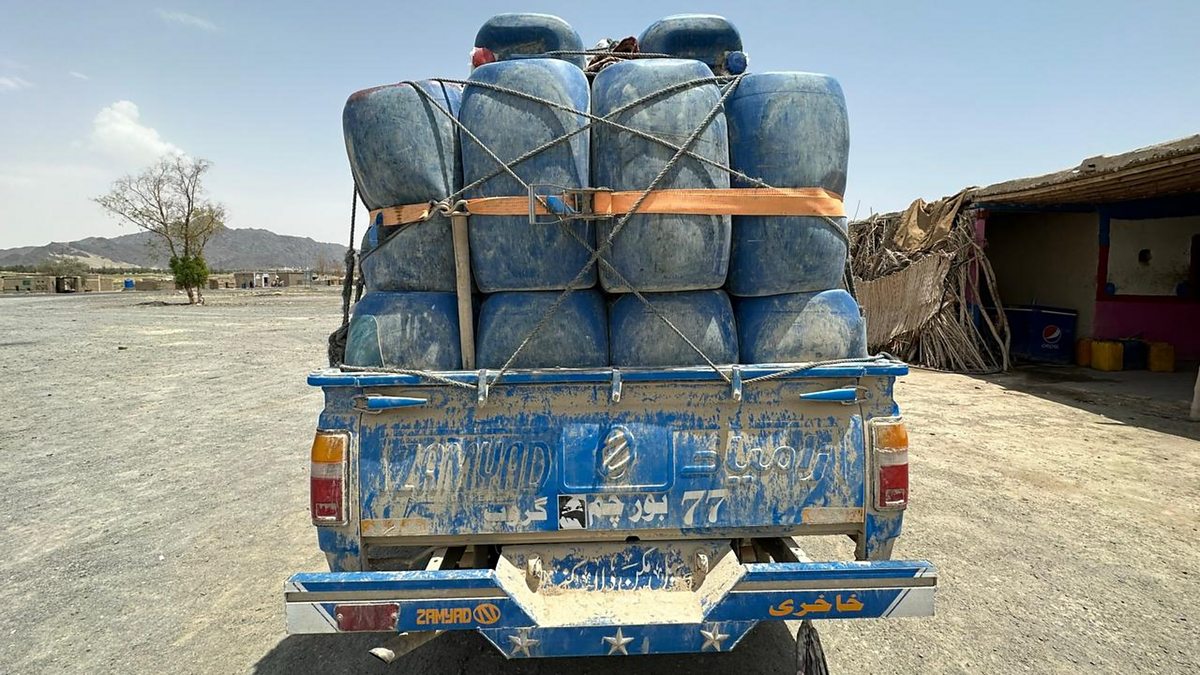
Introduction
Budget Relief has become a vital focus for South African households after the 2025 Medium-Term Budget Policy Statement (MTBPS). GDP growth for 2025 has been revised downward to around 1.2%, reflecting the country’s challenging economic environment.
Despite the modest growth outlook, the MTBPS introduces policies designed to ease financial pressures on households. These measures include inflation management, social support programs, and energy stabilisation.
This article provides a detailed analysis of how Budget Relief policies affect households, the economy, and long-term fiscal sustainability.
Budget Relief and Expert Perspectives
Economists and policy analysts have responded positively to the relief measures while noting concerns over slow growth.
Experts highlight that social grants and subsidies provide immediate support, but long-term economic growth is necessary for sustained household stability.
Analysis suggests that the MTBPS balances immediate relief with fiscal prudence, maintaining government credibility while addressing urgent needs of citizens.
Budget Relief and Fiscal Sustainability
The MTBPS emphasises fiscal discipline to ensure sustainable relief measures.
Projections indicate a stabilising debt-to-GDP ratio of approximately 77.9% in 2025/26, reducing risks associated with excessive borrowing.
Fiscal prudence enables the government to maintain household relief programs without jeopardising long-term economic stability or triggering inflationary pressures.
Budget Relief and Inflation Control
A primary focus of MTBPS is stabilising inflation to benefit households.
The revised inflation target of 3% ±1% aims to protect household purchasing power and limit cost-of-living increases.
Stabilised inflation also allows for potential reductions in interest rates, easing financial pressures on borrowers and families managing debt.
Budget Relief and Social Programs
Social support initiatives remain central to household relief.
Expanded social grants, targeted subsidies, and programs for low-income families directly reduce financial vulnerability.
Experts note that these initiatives not only support households in the short term but also contribute to social stability and economic confidence.
Budget Relief and Energy Costs
Energy expenses significantly affect household budgets.
MTBPS includes measures to stabilise electricity and fuel costs while improving access to affordable energy.
Lower and more predictable energy costs enable households to manage finances more effectively, amplifying the impact of other relief measures.
Budget Relief and Employment Opportunities
Economic growth and employment are crucial for household stability.
MTBPS focuses on infrastructure investment, skills development, and support for small businesses to create sustainable job opportunities.
Expert analysis indicates that coupling fiscal relief with employment initiatives strengthens the economic foundation for households, ensuring relief is both immediate and long-lasting.
Budget Relief and Medium-Term Economic Strategy
Structural reforms under MTBPS aim to enhance state efficiency and economic resilience.
Improvements in logistics, public administration, and energy infrastructure are designed to support sustainable growth and ongoing household relief.
Experts emphasise that long-term structural reforms are essential to maintain fiscal space for relief measures and strengthen economic stability.
Budget Relief and Market Confidence
Transparent communication of policies and fiscal targets boosts household and investor confidence.
Predictable and clearly defined measures reassure citizens and the market, increasing trust in government action.
Confidence encourages spending and investment, enhancing the effectiveness of relief programs and supporting the broader economy.
Budget Relief and Household Impact
Ultimately, the MTBPS measures translate to tangible support for households.
Lower inflation, stable energy costs, expanded social grants, and fiscal prudence collectively provide meaningful financial relief.
Experts agree that while growth remains slow, the combination of immediate relief and medium-term structural reforms ensures households are better protected against economic pressures.
FAQs
Q1: What are the main components of Budget Relief in MTBPS 2025?
They include social grants, subsidies, energy stabilisation, and inflation control measures.
Q2: How do experts view the effectiveness of Budget Relief?
Experts generally view relief positively but stress that long-term growth is essential for sustainable household support.
Q3: Why is Budget Relief important despite low economic growth?
With slow GDP growth (~1.2%), households face financial pressures, making relief measures critical for stability.
Conclusion
Budget Relief in the 2025 MTBPS provides households with crucial support amid a challenging economic environment.
Through targeted fiscal policies, inflation control, social programs, and structural reforms, the government addresses both immediate needs and medium-term stability.
Expert analysis confirms that these measures are essential for protecting households, maintaining confidence, and promoting sustainable economic growth.


